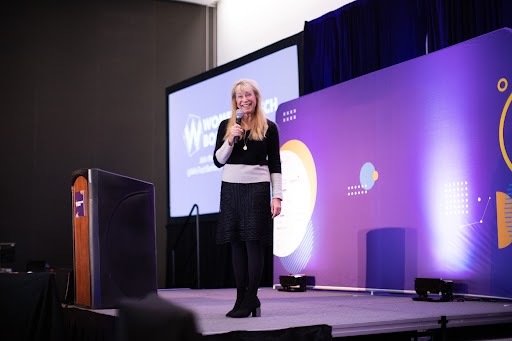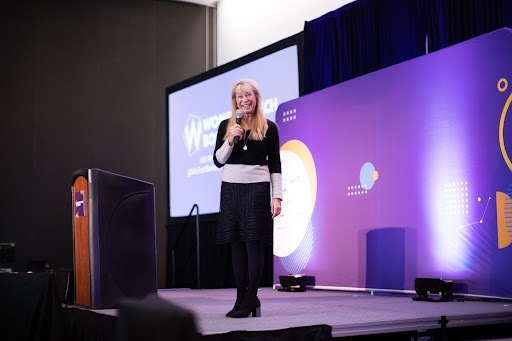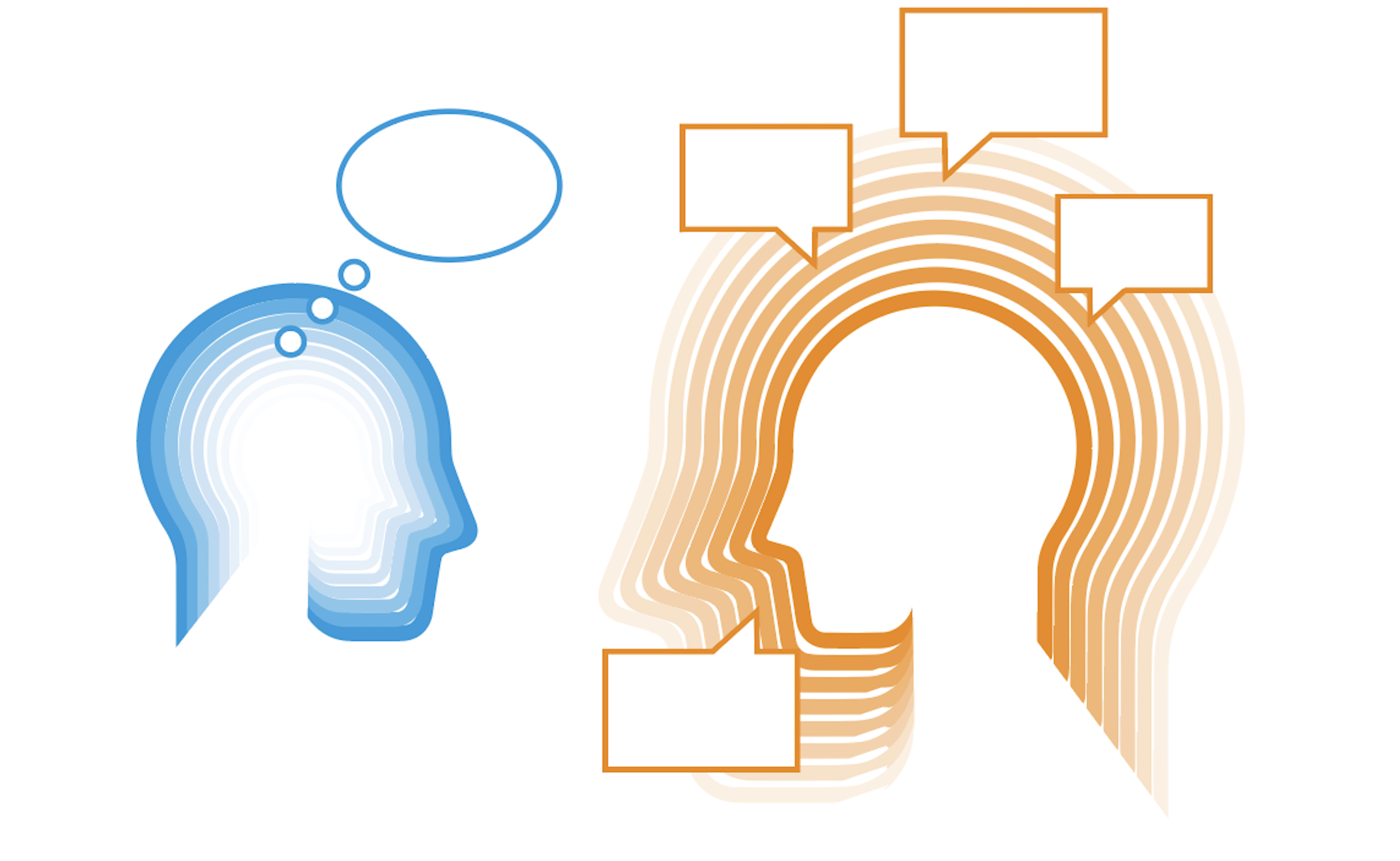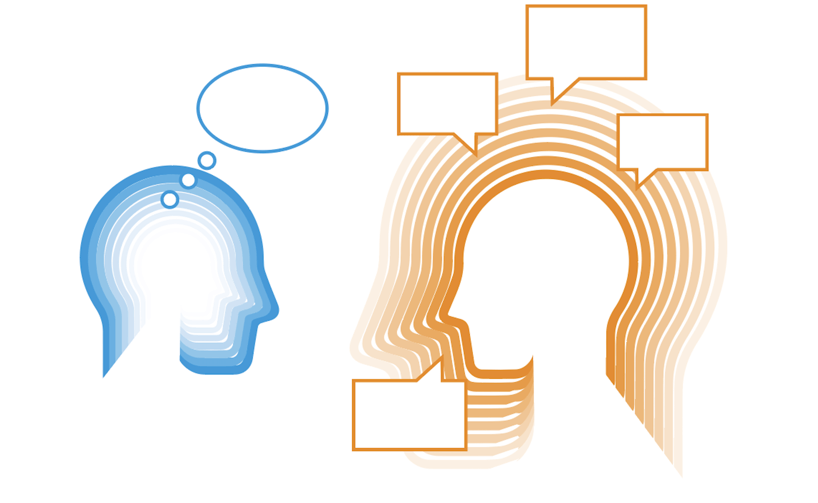Chief Executive Officer, PowerSpeaking, Inc.
Carrie is passionate about leading the PowerSpeaking, Inc. team in helping organizations—at corporations like Genentech, eBay, Autodesk, and Gilead Sciences—develop powerful communication skills that inspire people and get results. “Our purpose is to make great people even greater at what they do every day. That includes becoming effective global communicators who build positive relationships and drive business forward.”
Prior to joining PowerSpeaking, Carrie enjoyed more than 30 years’ experience in the learning and development industry, where she led award-winning teams.
.jpg?width=708&height=472&name=iStock-1385901073%20(1).jpg)



.jpg)











.jpg)
.jpg?width=1254&name=Nonverbals%201%20(1).jpg)

.jpg)
.jpg?width=1254&name=Fear%20of%20Speaking%20Feature%20Image%205%20(1).jpg)


